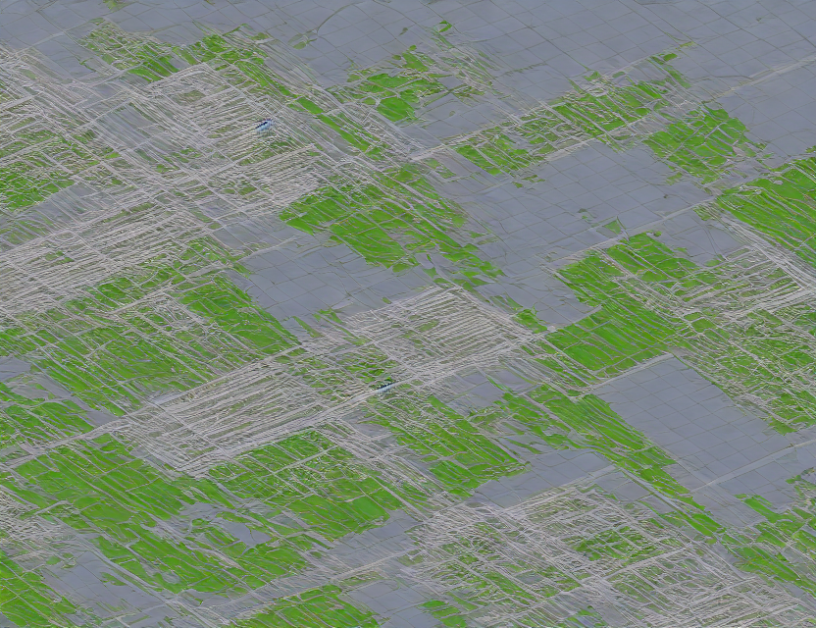Before diving into the details of distributed optimization, it is essential to understand some fundamental concepts. Here are a few key terms that will help us navigate this complex landscape:
- Decentralized optimization: In decentralized optimization, multiple agents work together to solve an optimization problem without relying on a central authority. Each agent has its own objective function, and they communicate with each other to find the optimal solution.
- Distributed optimization algorithms: These are methods that enable multiple agents to work together to solve an optimization problem in a decentralized manner. The goal is to develop algorithms that can handle complex problems by distributing the computation among multiple agents.
- Graph theory: Graph theory plays a crucial role in distributed optimization. It provides a mathematical framework for modeling complex systems and understanding their behavior. Graph theory helps us analyze the relationships between different agents and how they interact with each other.
- Noise tolerance: Distributed optimization algorithms must be able to handle noisy data, which can significantly affect their performance. Therefore, it is crucial to develop methods that can tolerate noise and still provide accurate solutions.
Recent Advancements
In recent years, there have been several advancements in the field of distributed optimization. Here are some of the most significant developments:
- Distributed resource allocation: Researchers have developed new algorithms for distributing resources among multiple agents to maximize efficiency and minimize waste. These methods take into account factors such as agent capabilities, network latency, and other constraints.
- Multi-agent optimization: This involves solving optimization problems with multiple agents that interact with each other. The goal is to develop methods that can handle complex systems with multiple decision-makers.
- Quantized algorithms: Quantization is a technique used to reduce the precision of data to save space or reduce communication costs. Researchers have developed new algorithms that can handle quantized data in distributed optimization problems, leading to more efficient and scalable solutions.
Applications
Distributed optimization has numerous applications across various industries, including:
- Smart grids: Distributed optimization can be used to optimize power flow in smart grids, taking into account factors such as renewable energy sources, energy storage, and demand response.
- Resource allocation: Distributed optimization can be applied to resource allocation problems in telecommunications, such as optimizing bandwidth allocation for wireless networks or allocating computing resources in cloud computing systems.
- Supply chain management: Distributed optimization can help optimize supply chain operations by taking into account factors such as inventory management, transportation costs, and lead times.
Conclusion
Distributed optimization is a rapidly growing field that has the potential to revolutionize many industries. By enabling multiple agents to work together in a decentralized manner, we can solve complex optimization problems more efficiently and effectively. Although there are still challenges to be addressed, recent advancements have shown promising results in developing scalable and efficient distributed optimization algorithms. As the field continues to evolve, we can expect to see more applications of distributed optimization in various industries.



